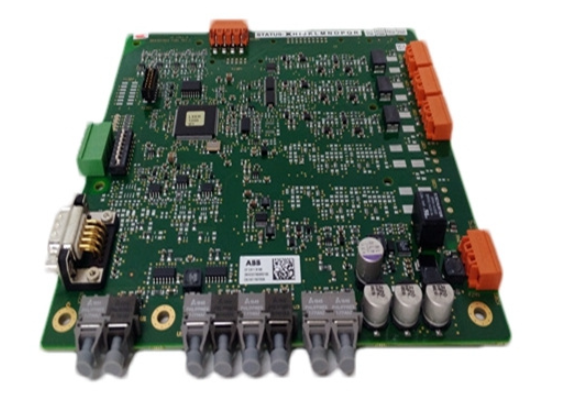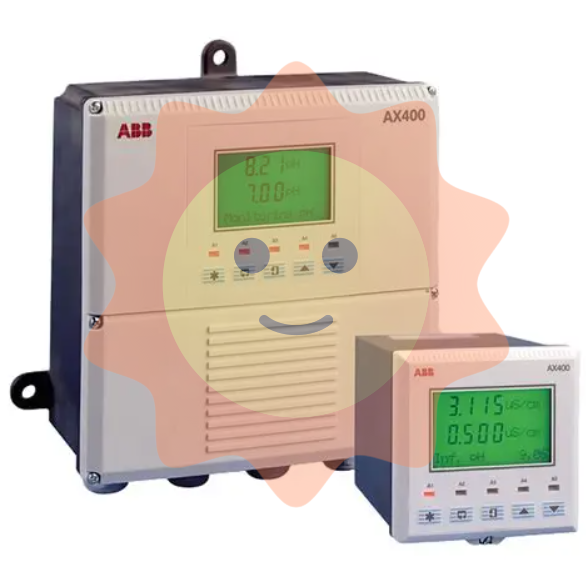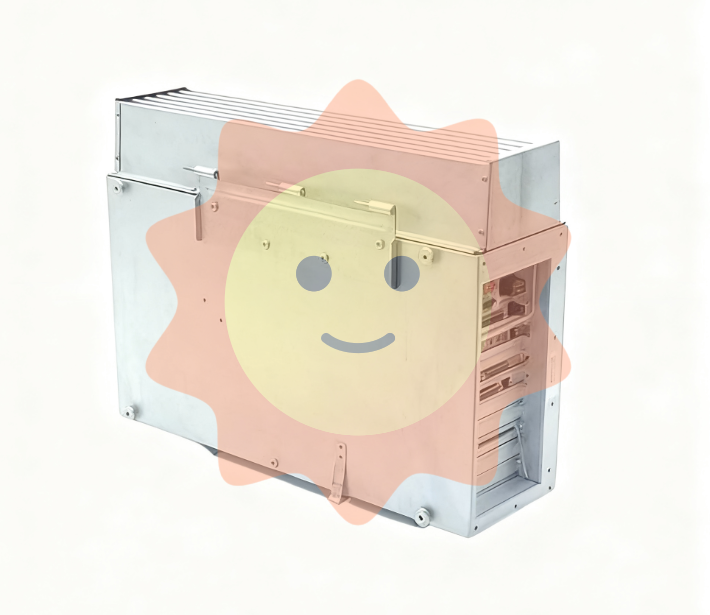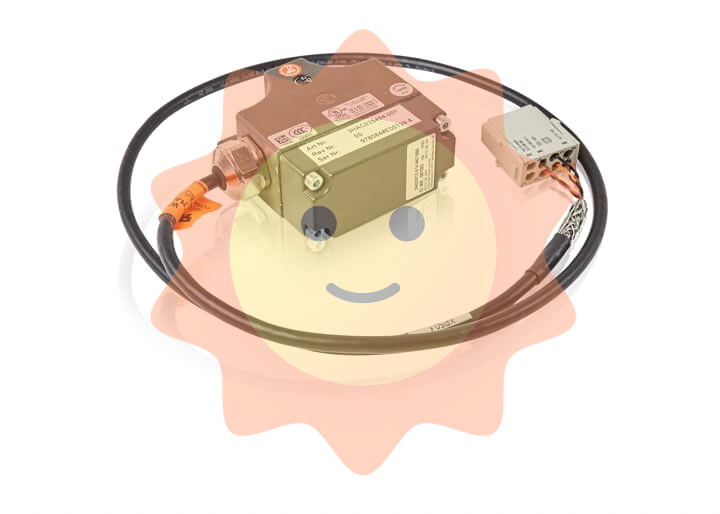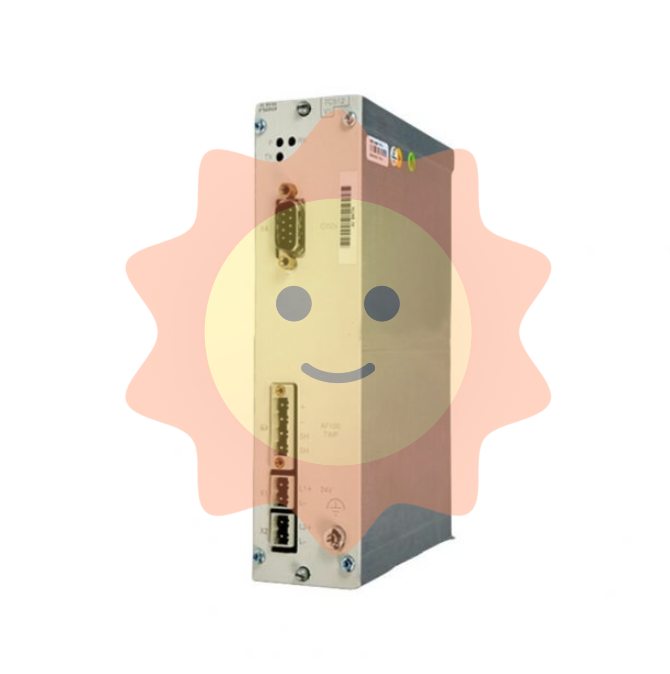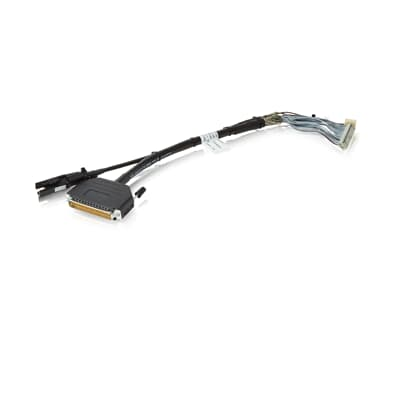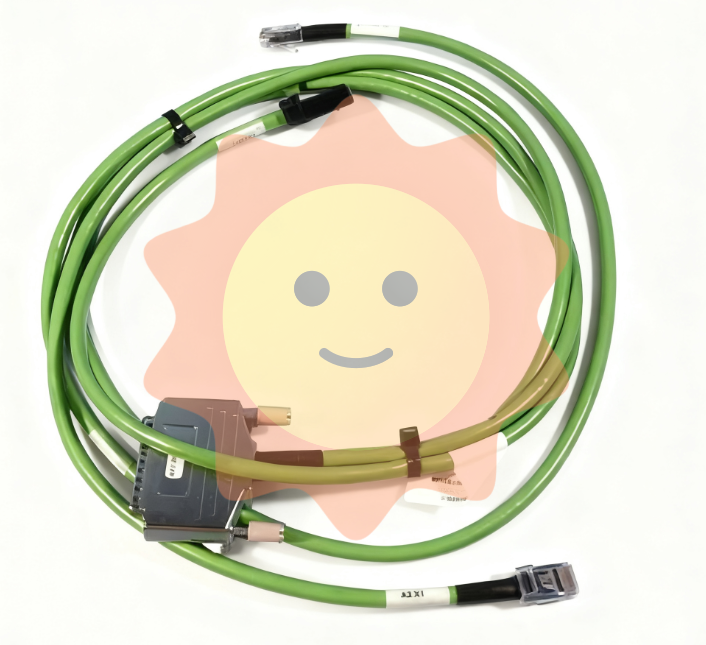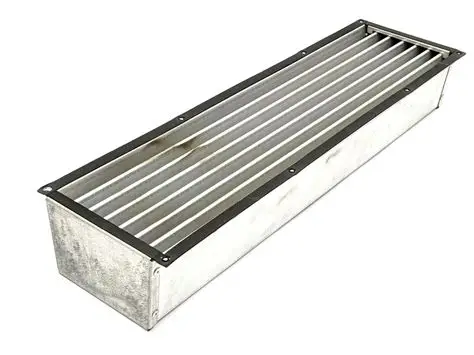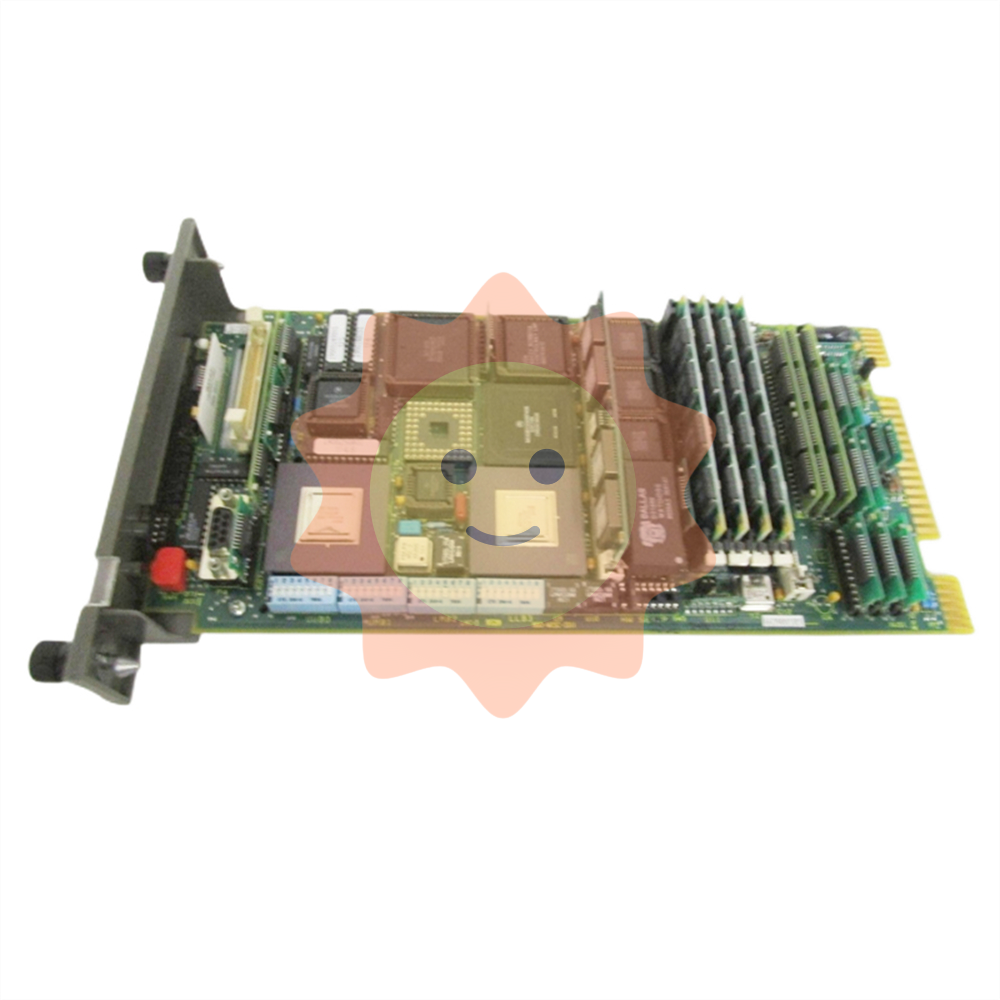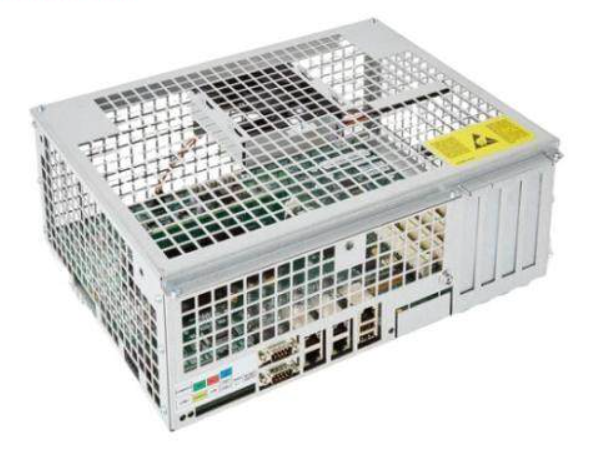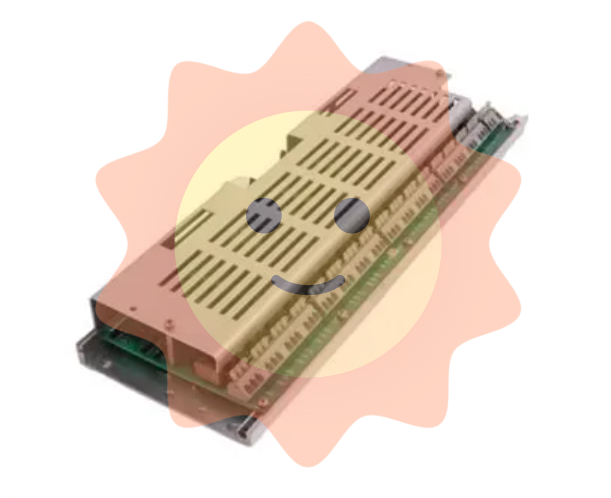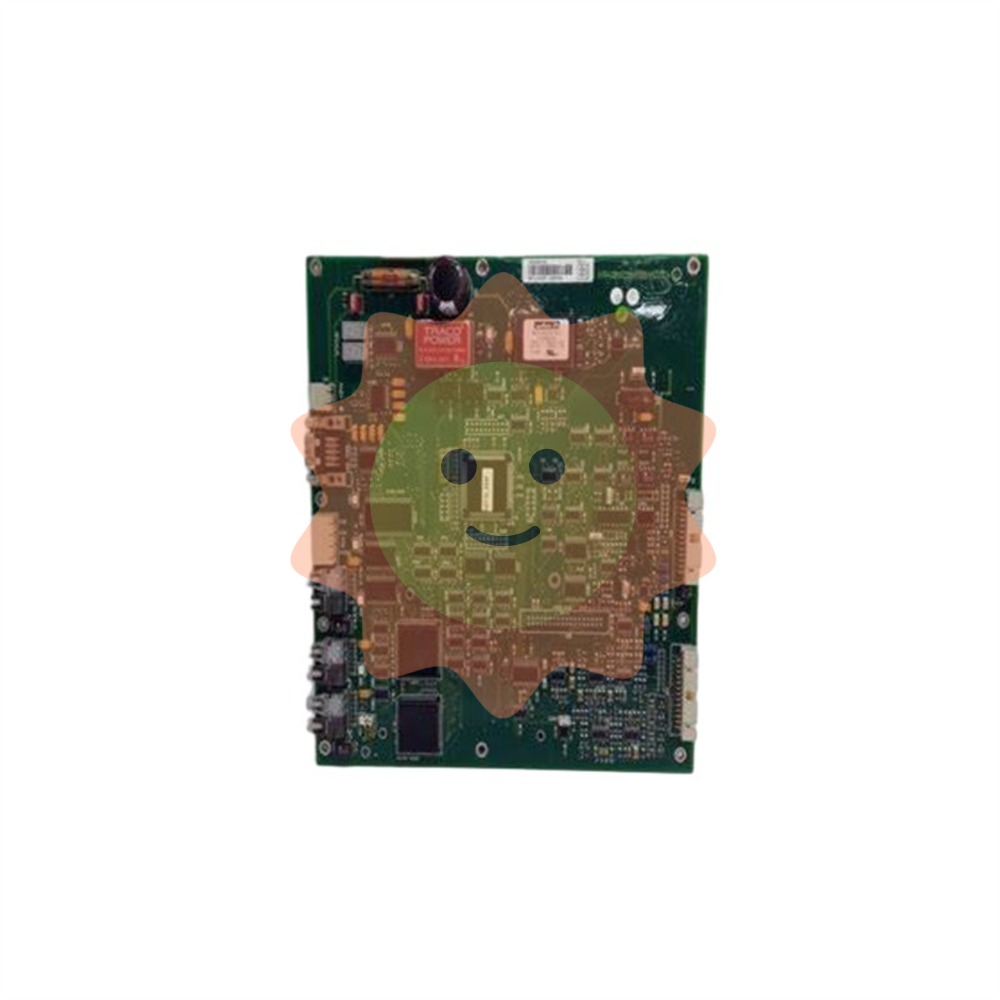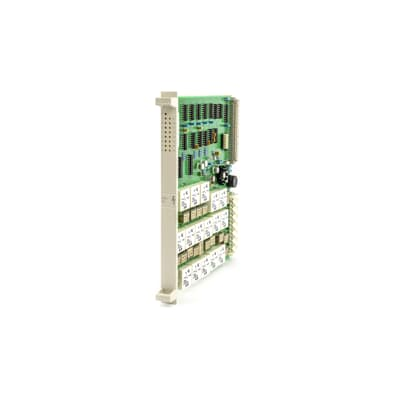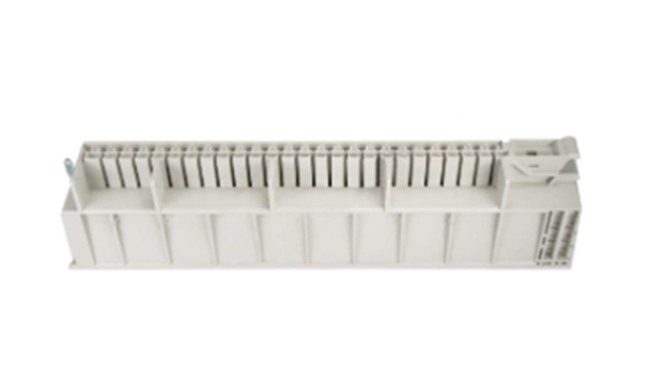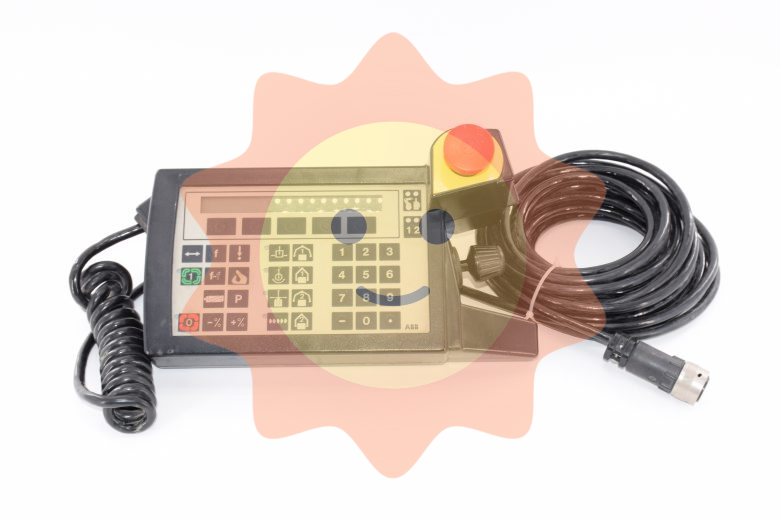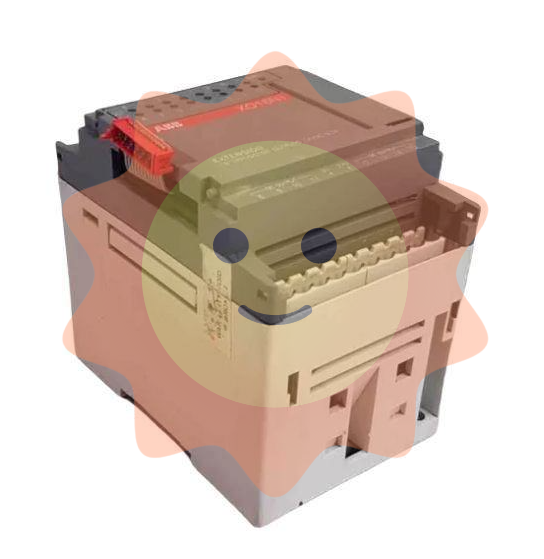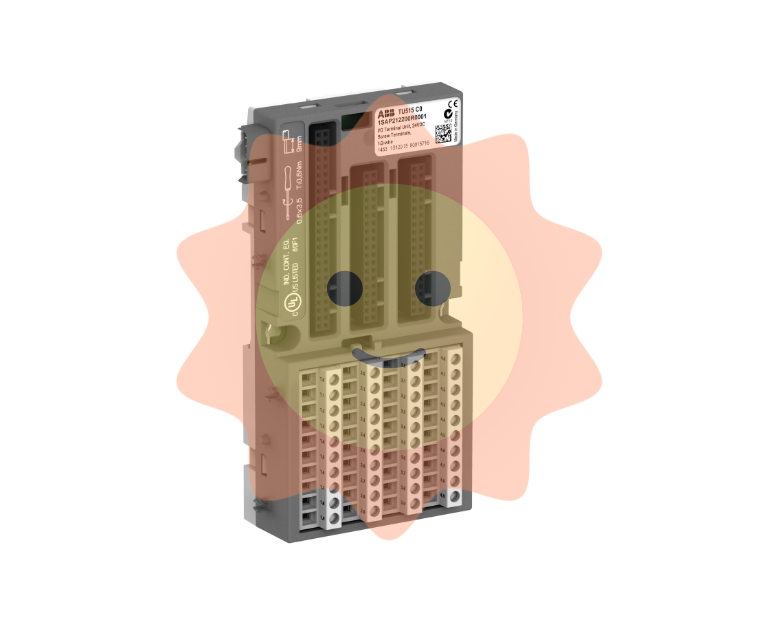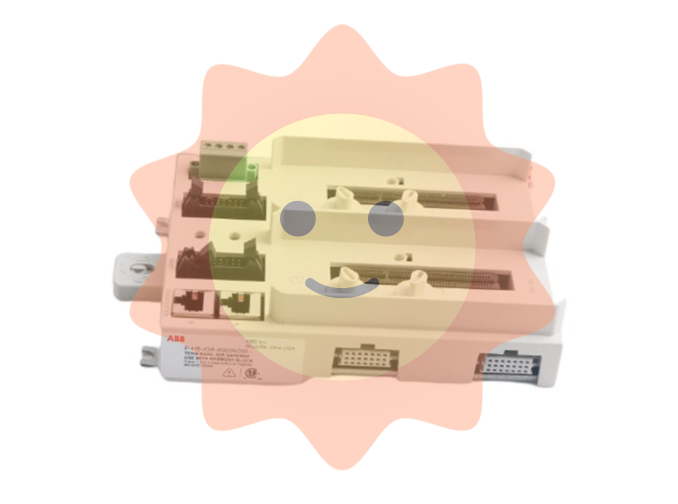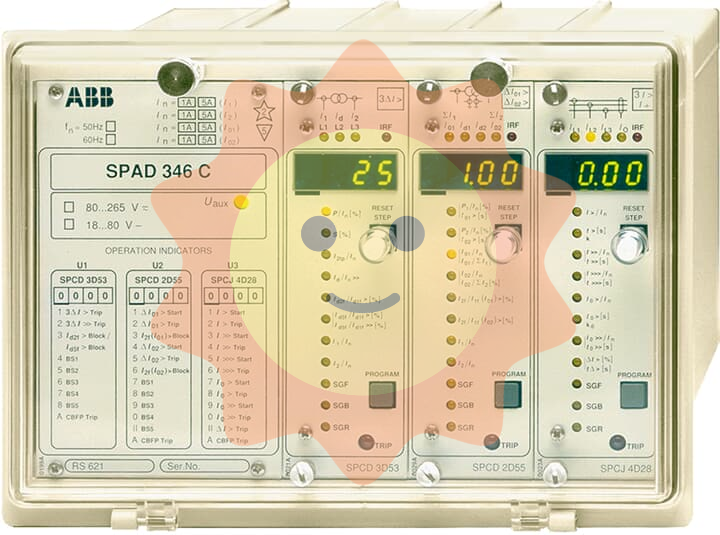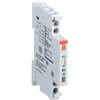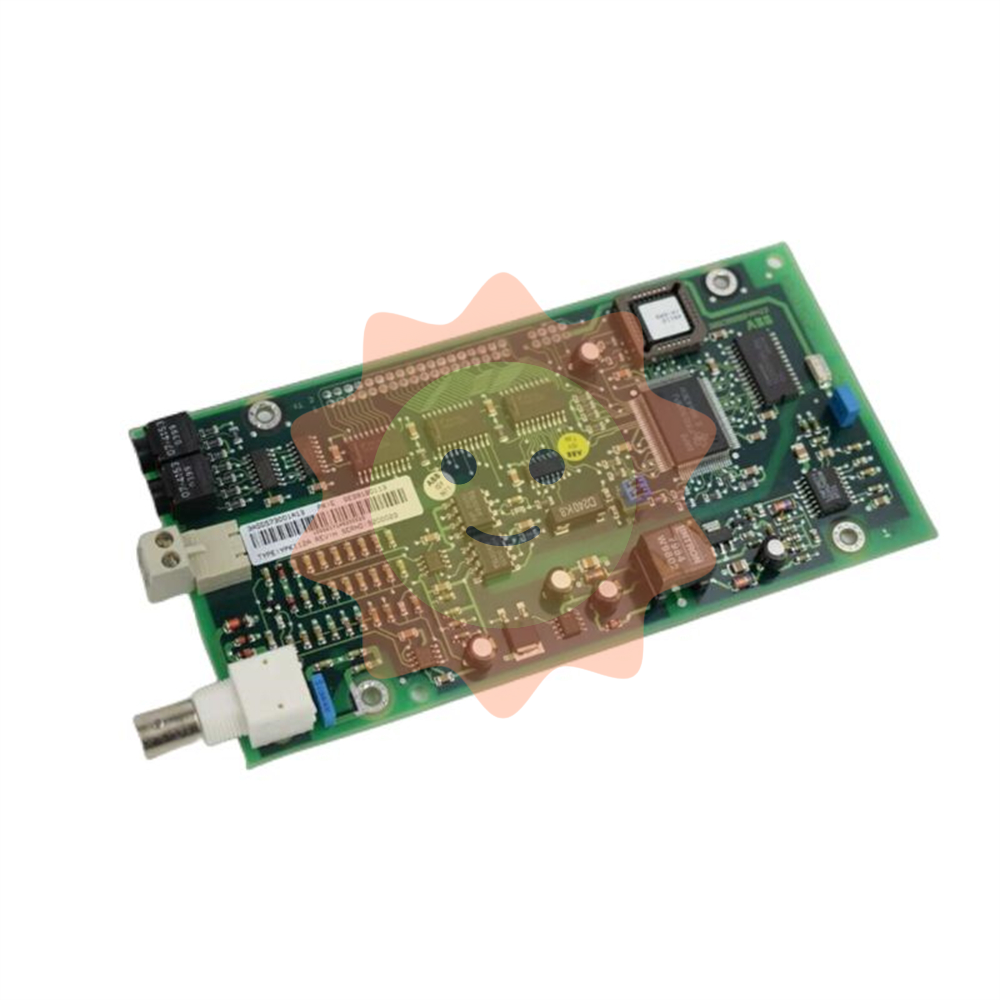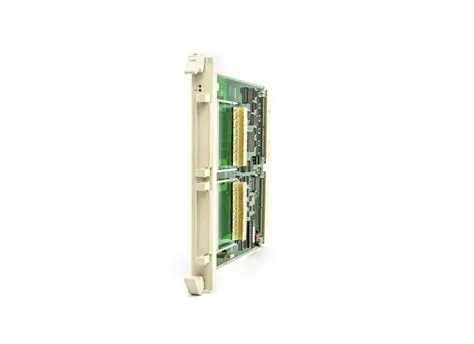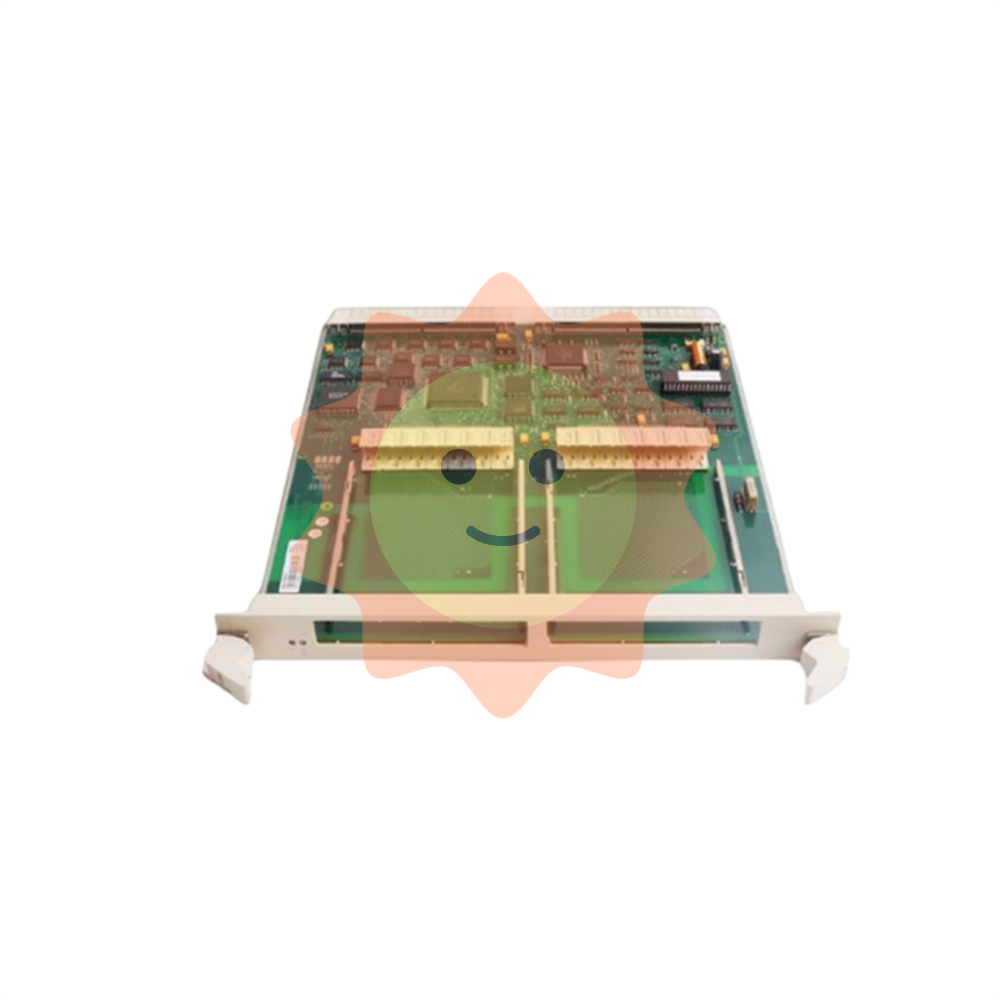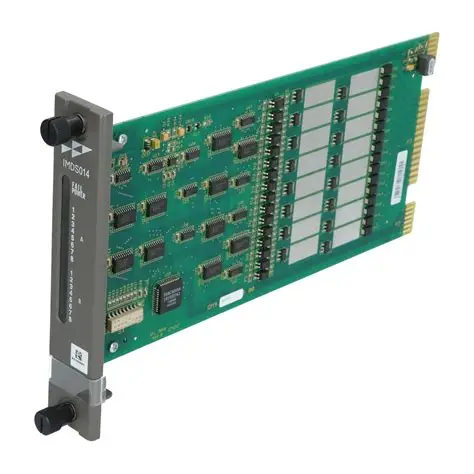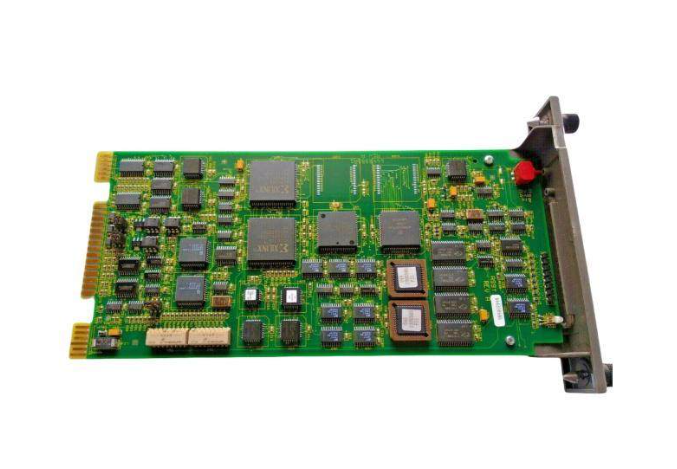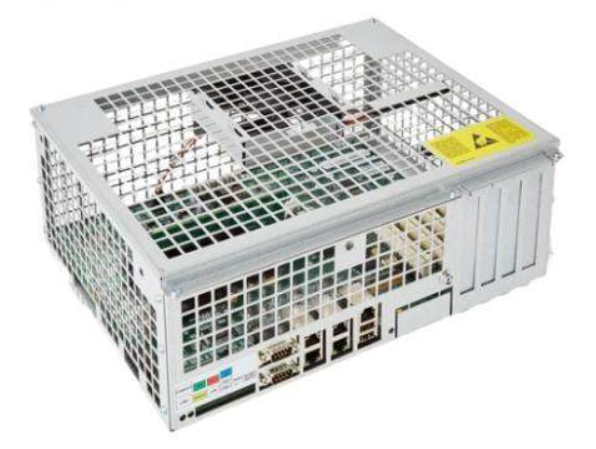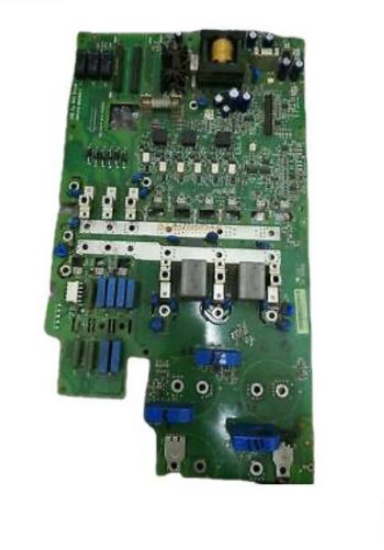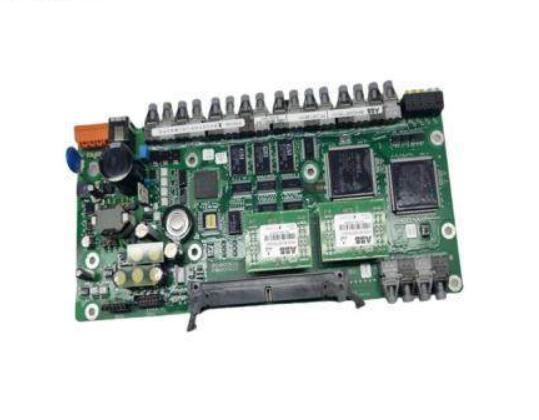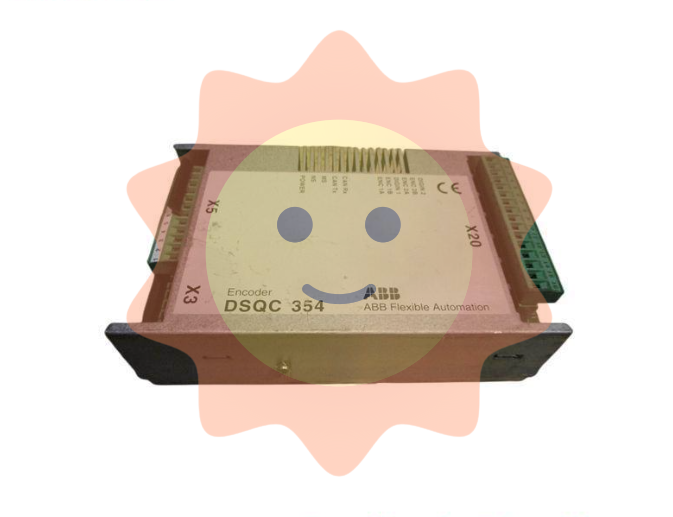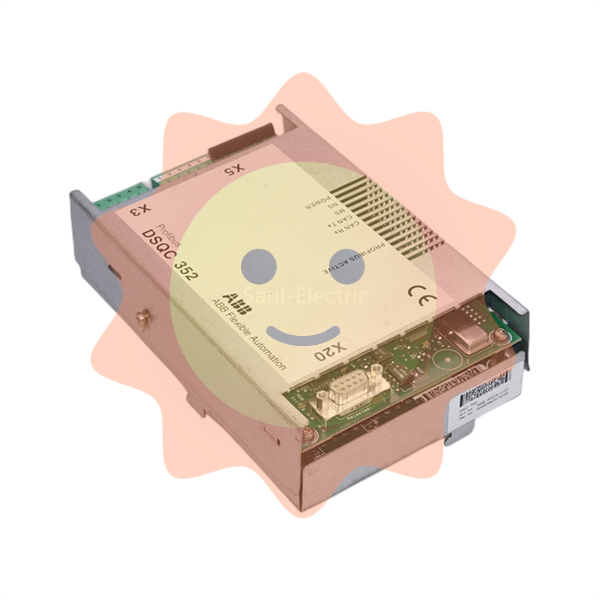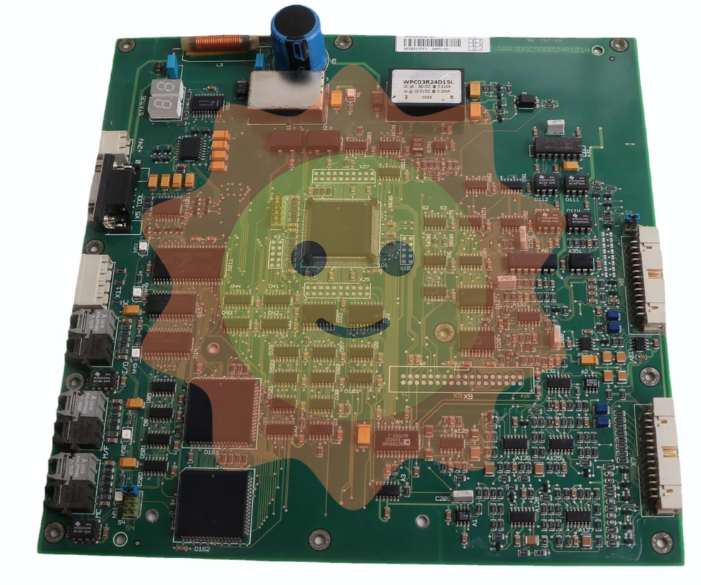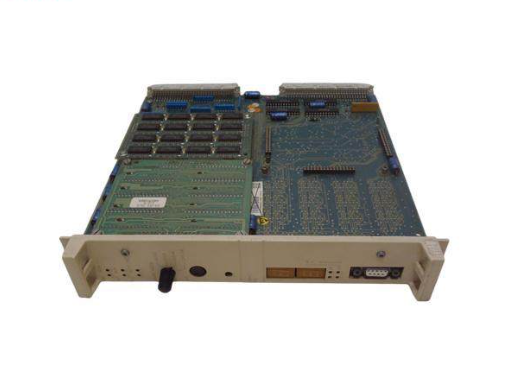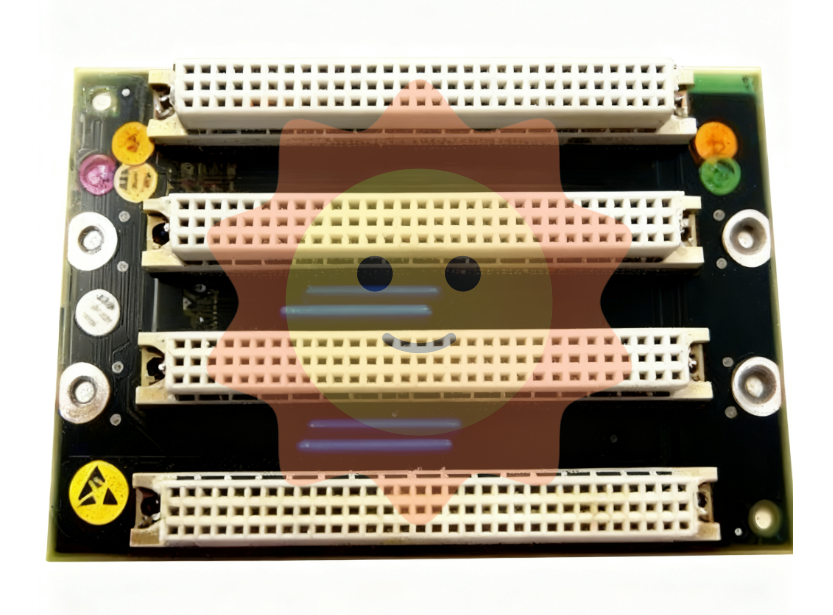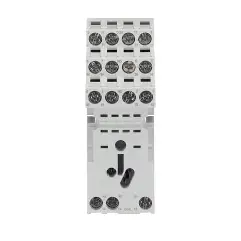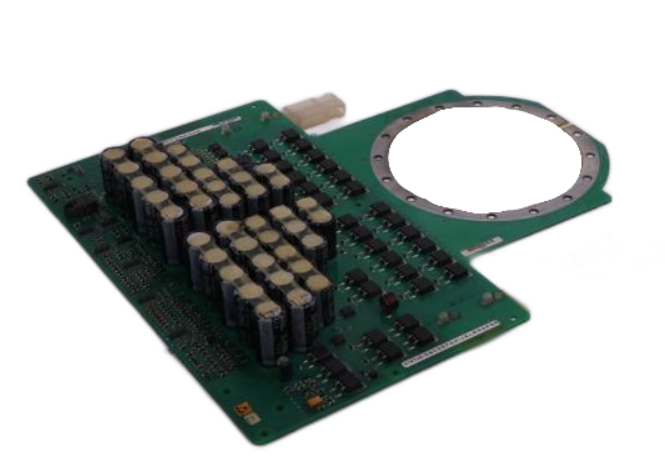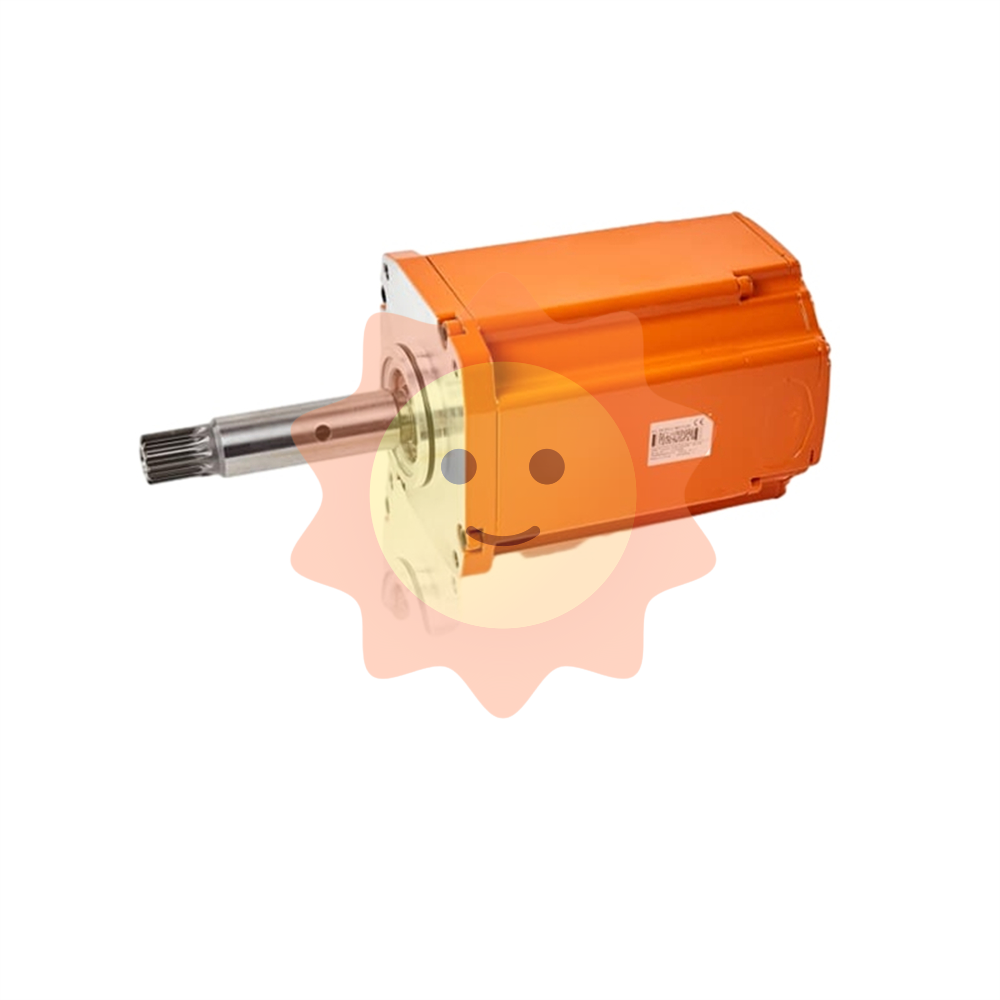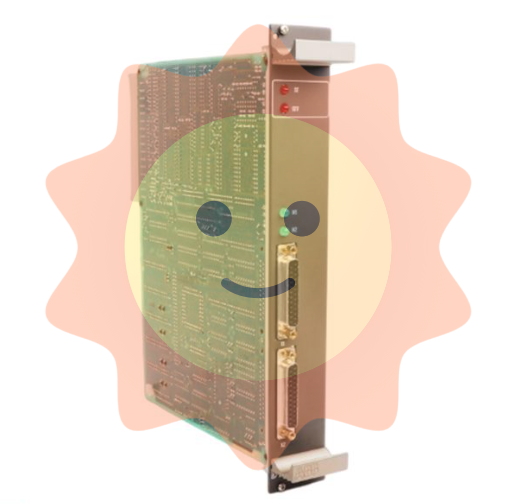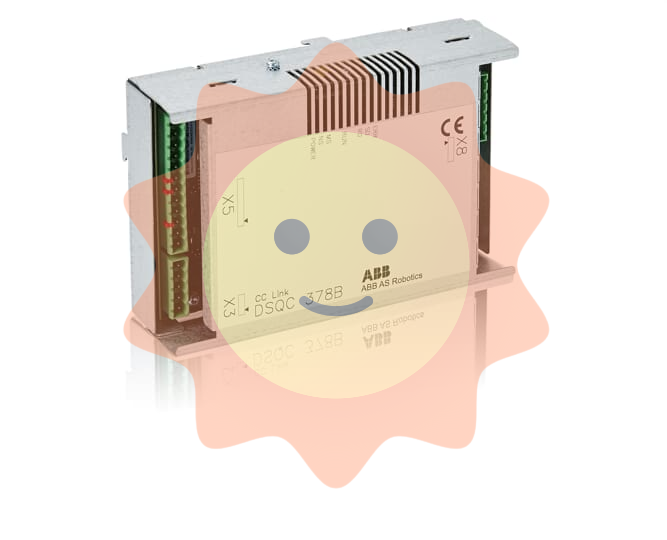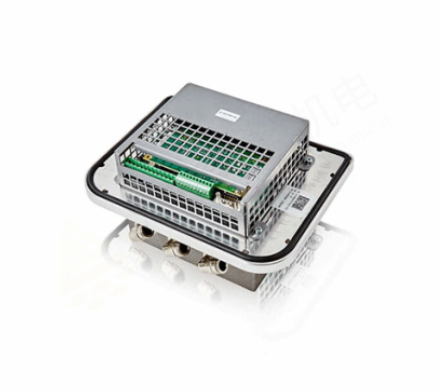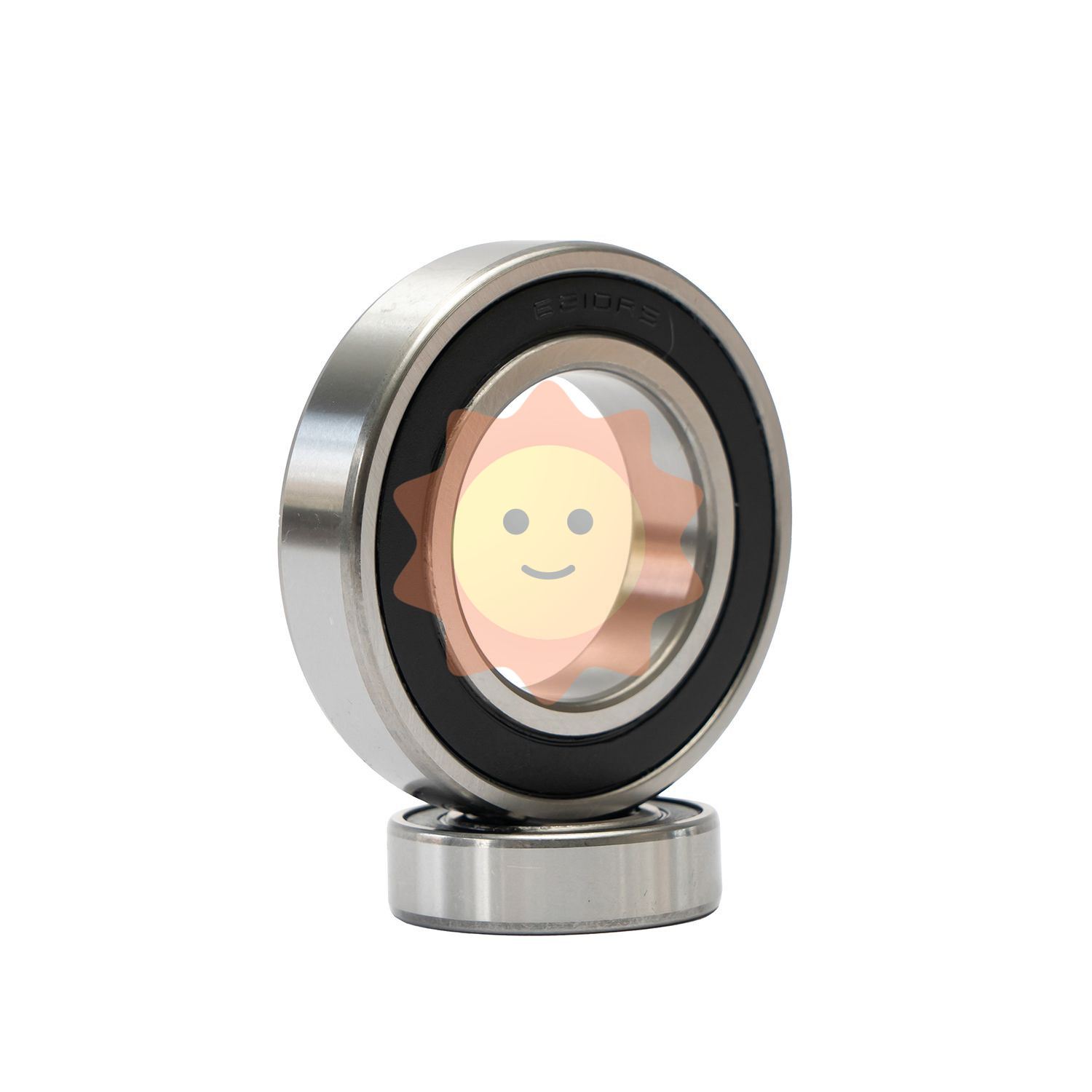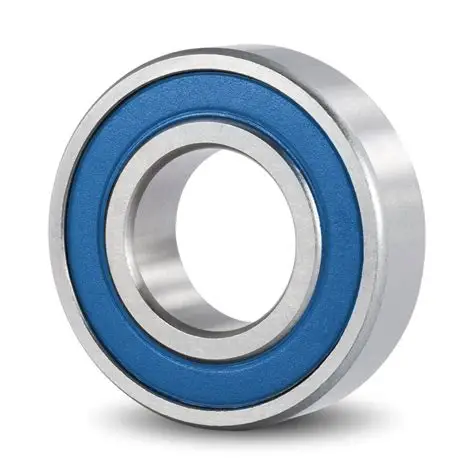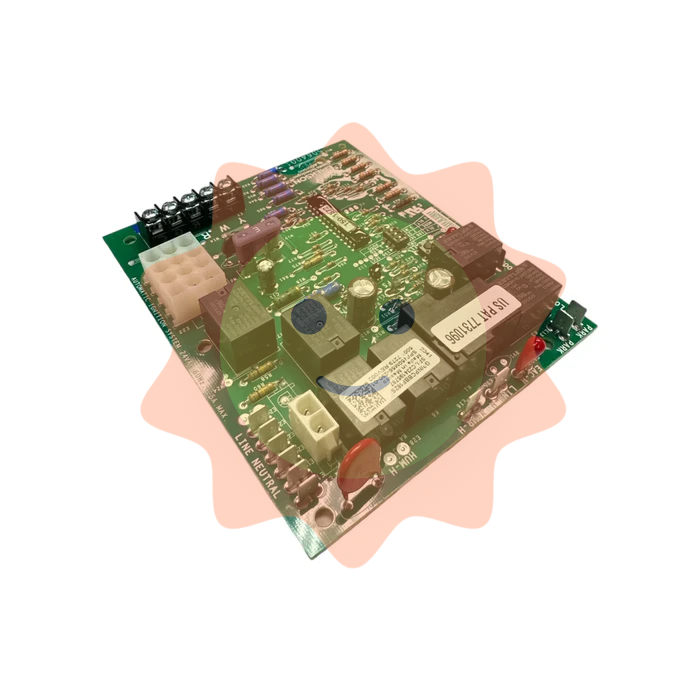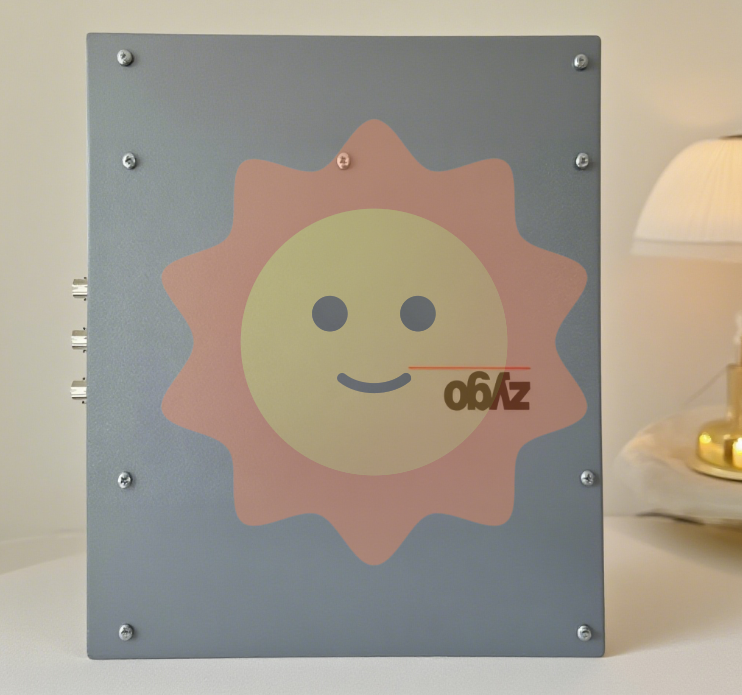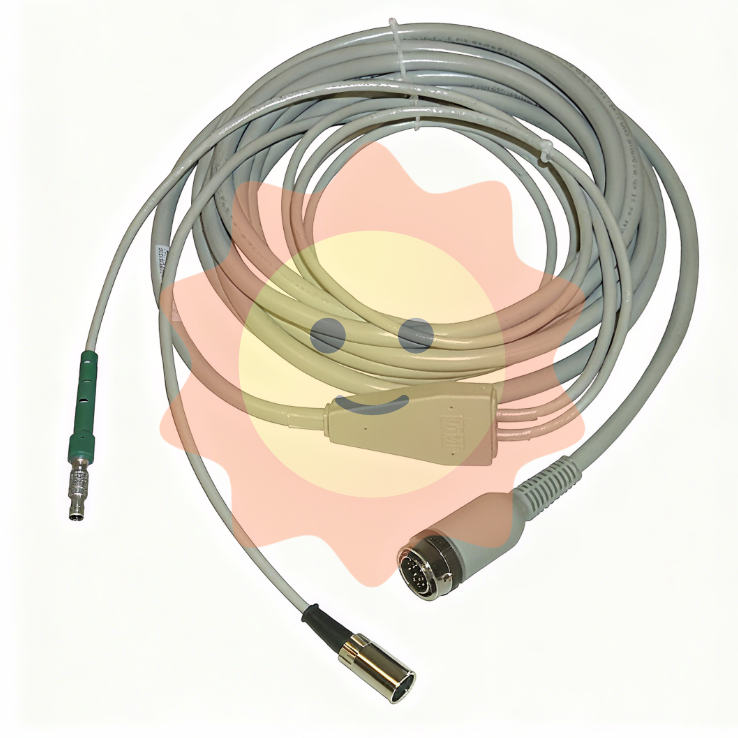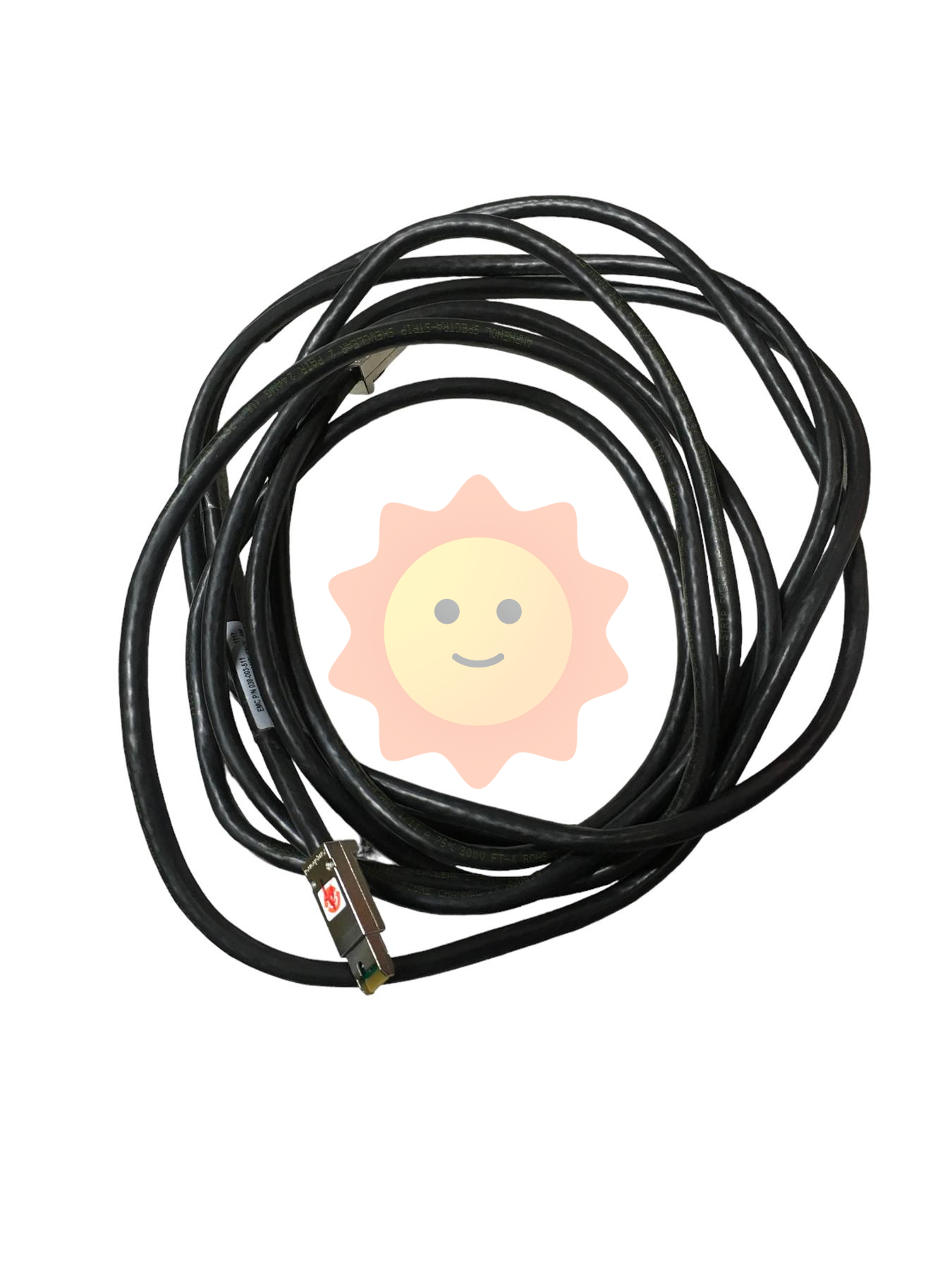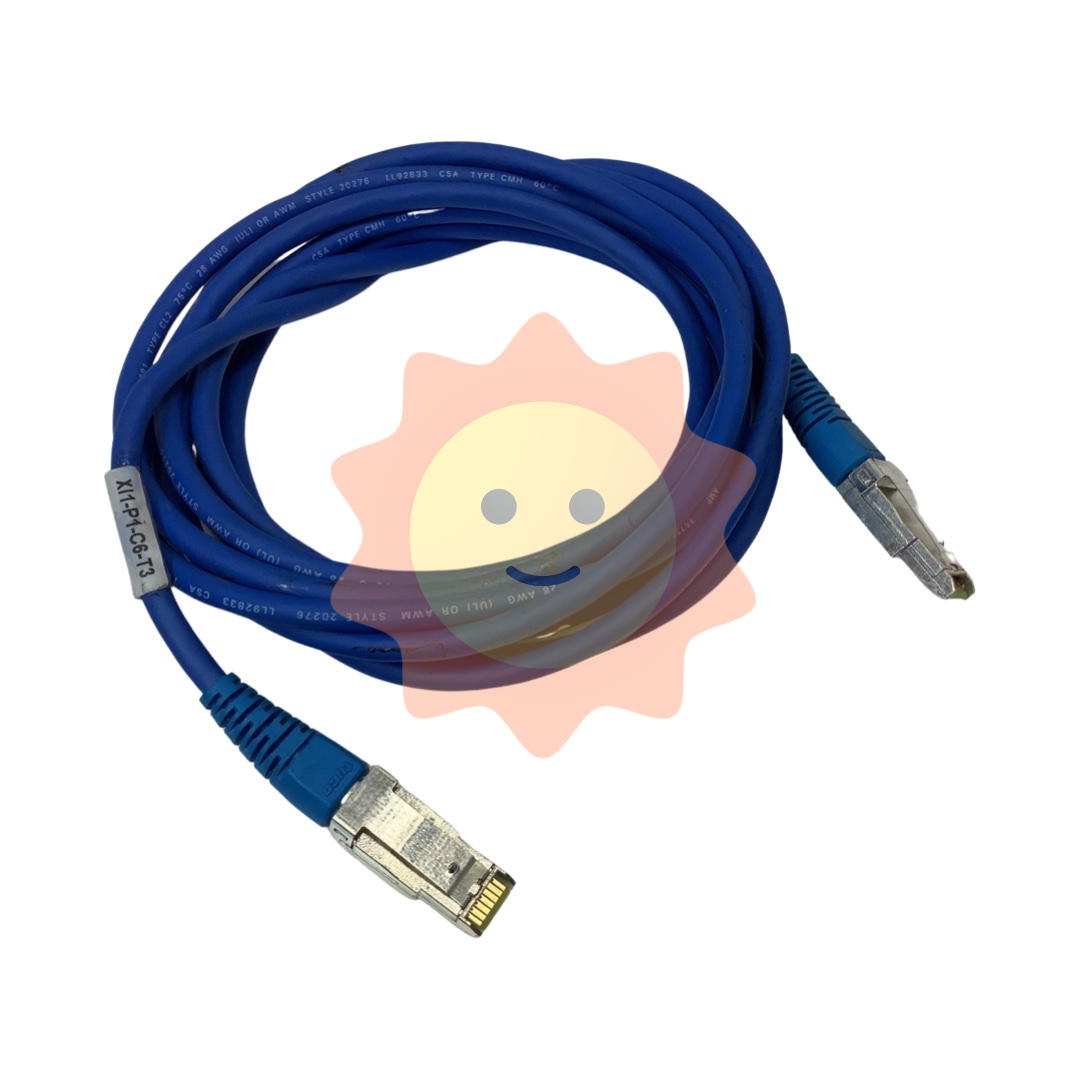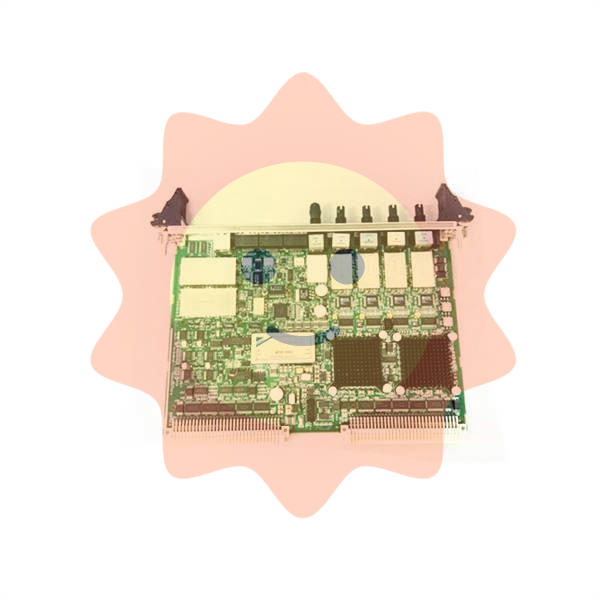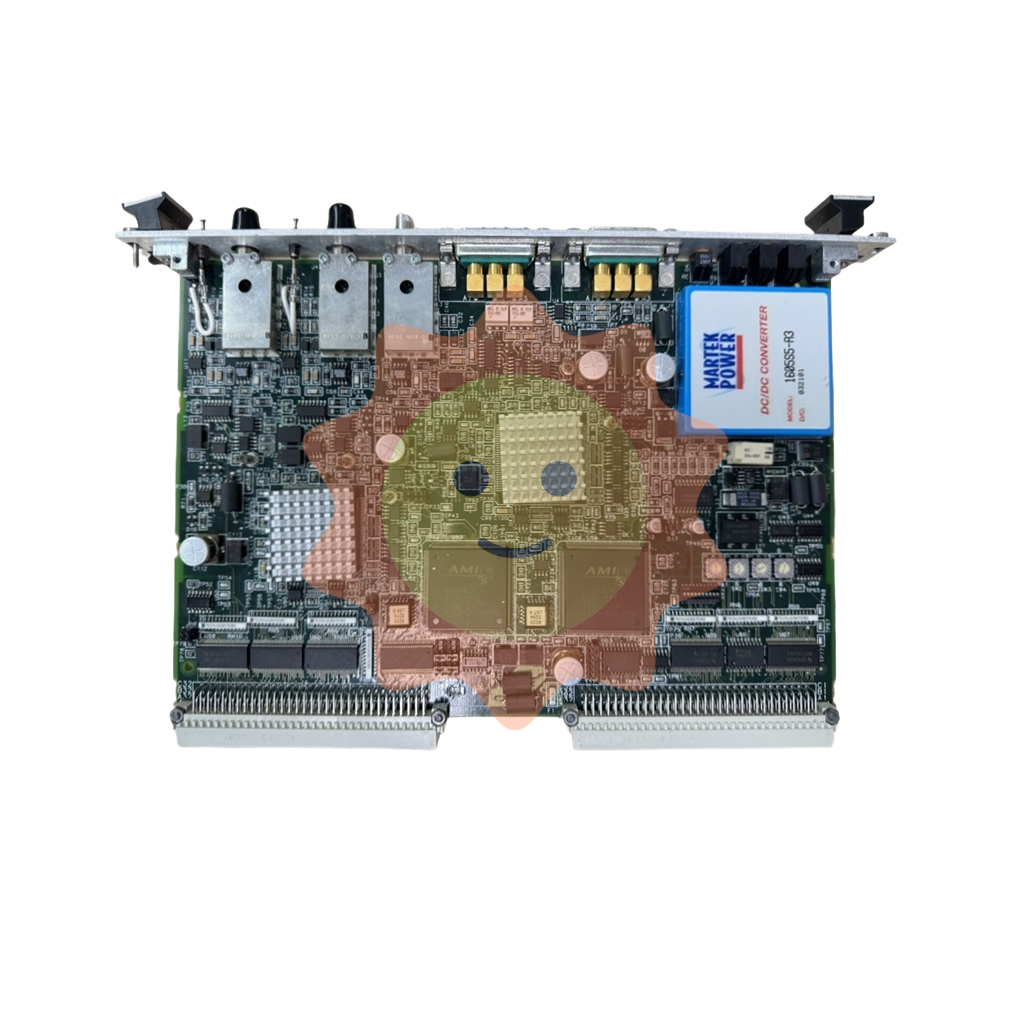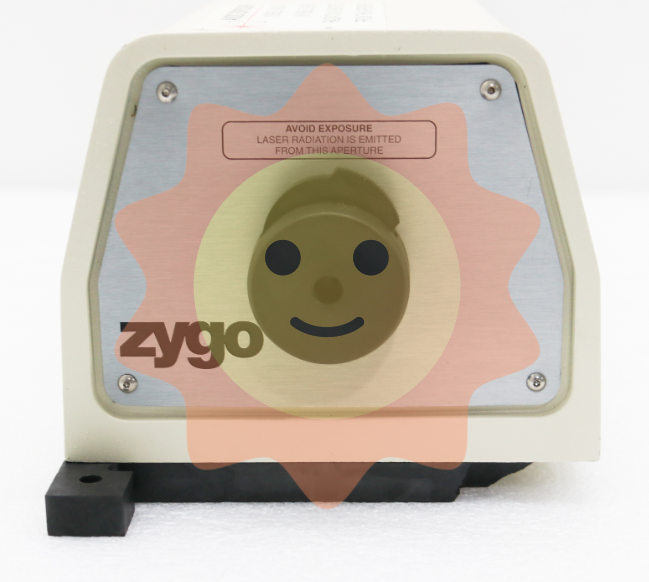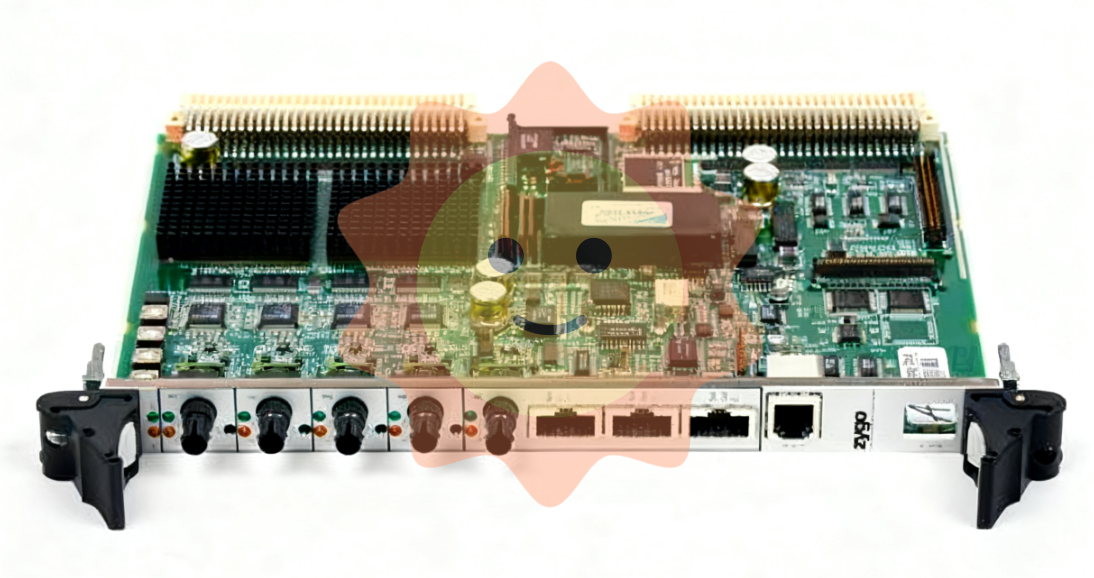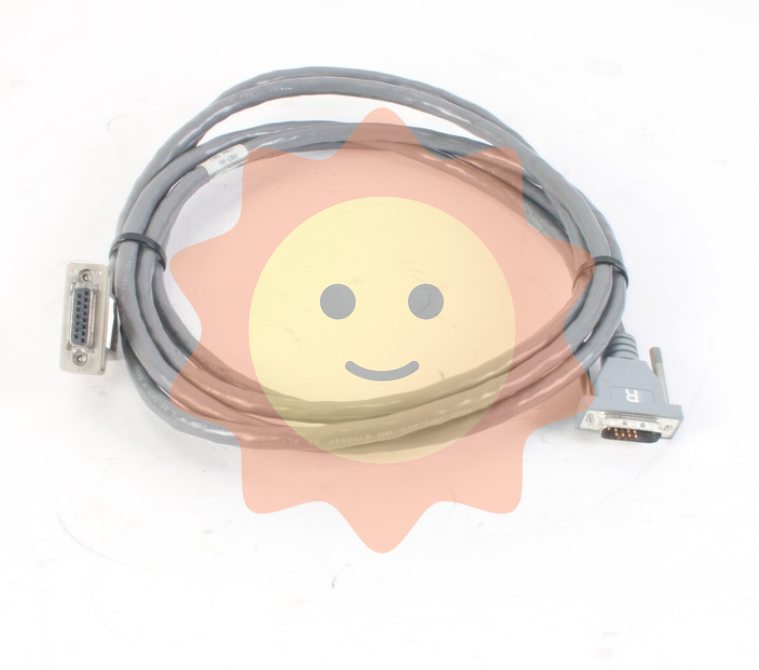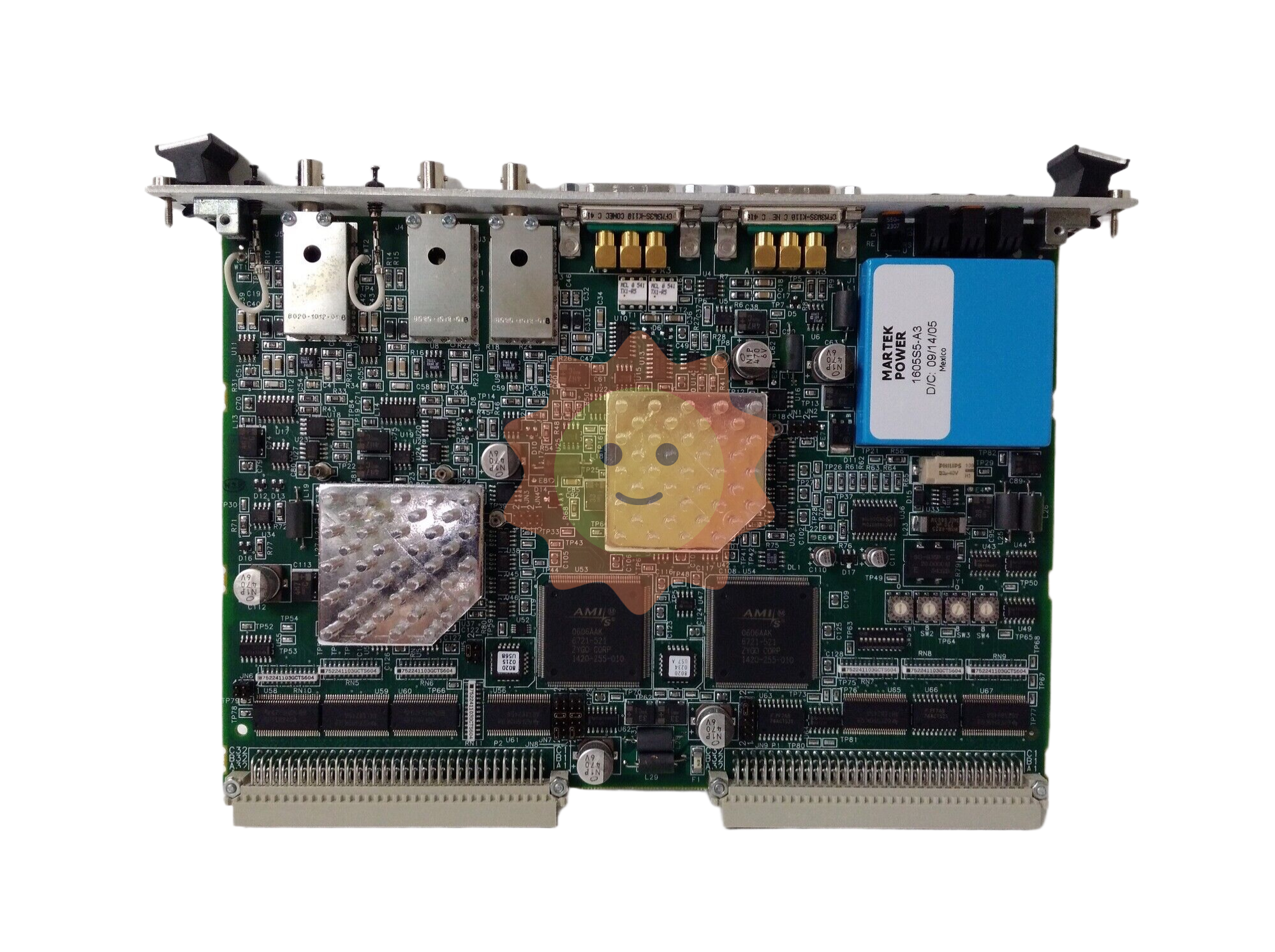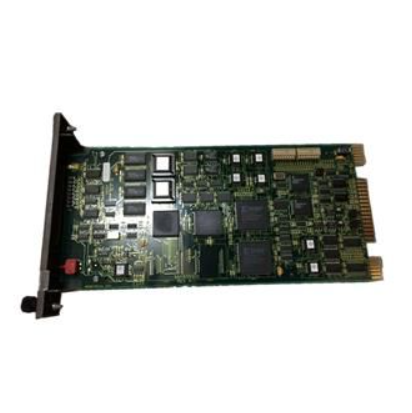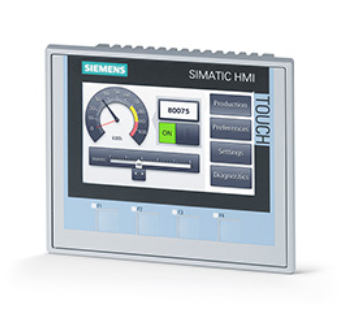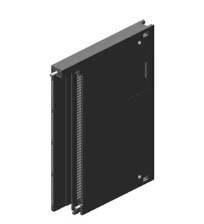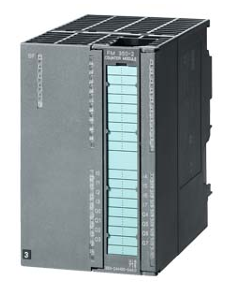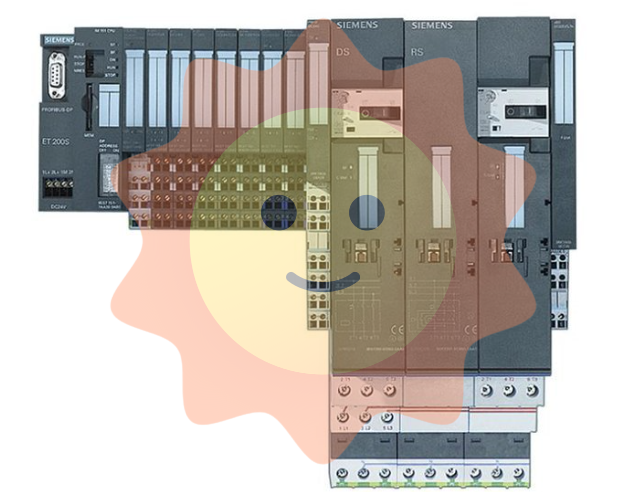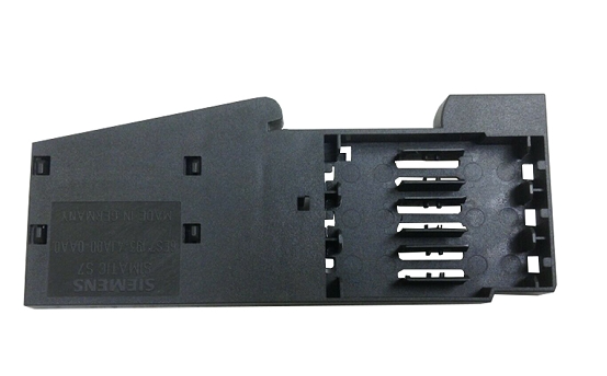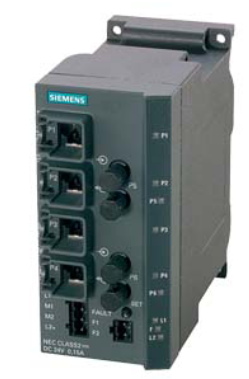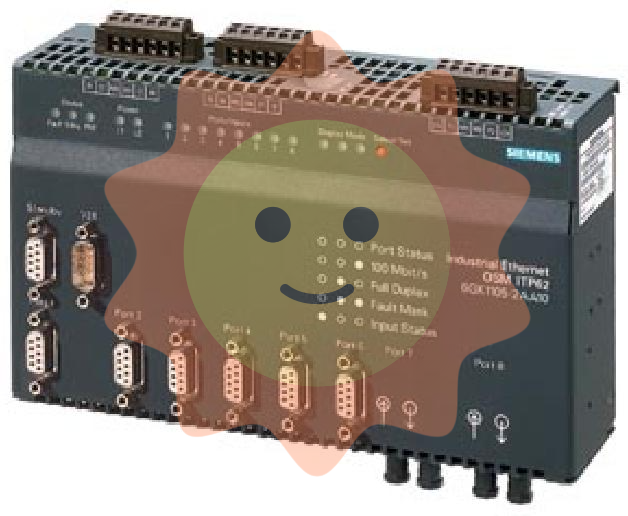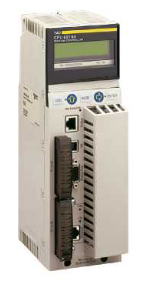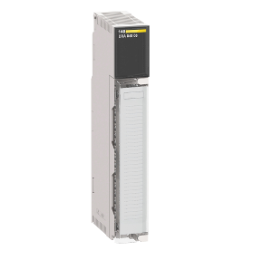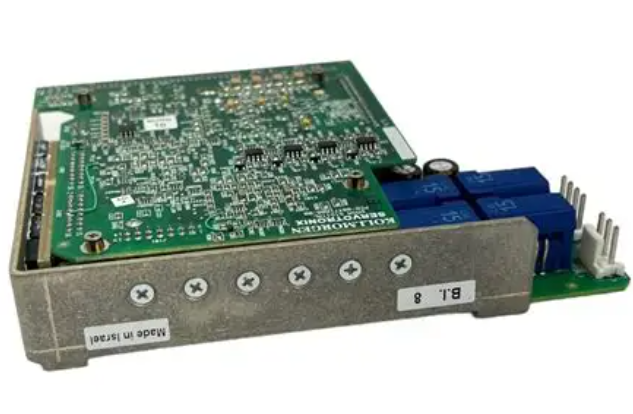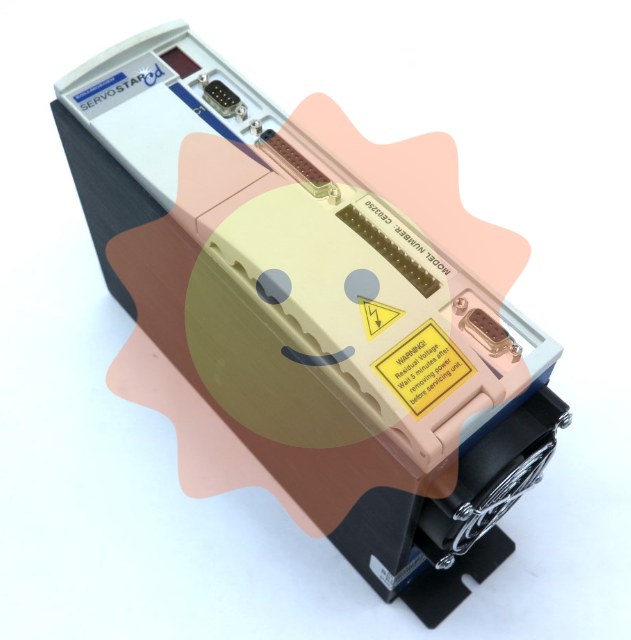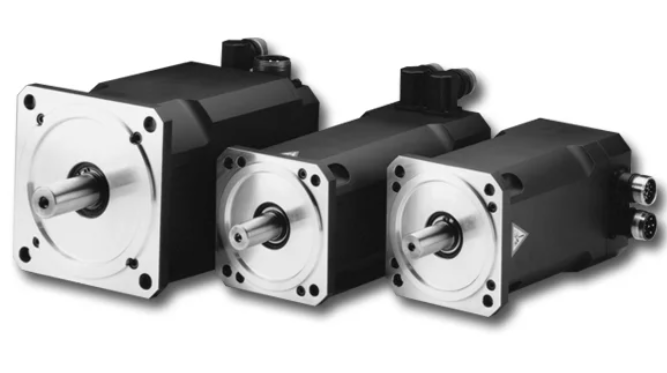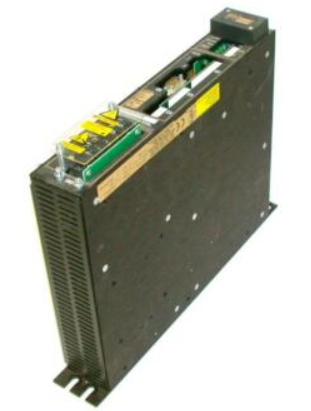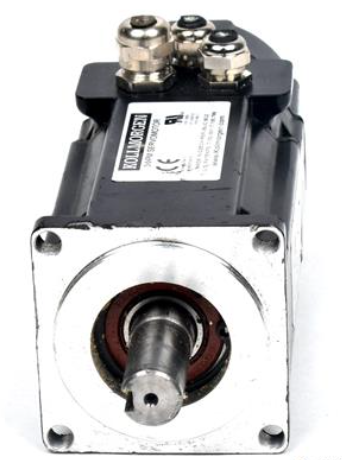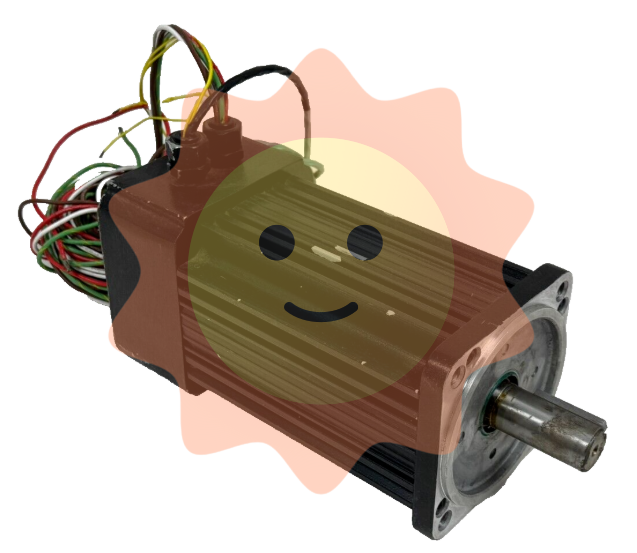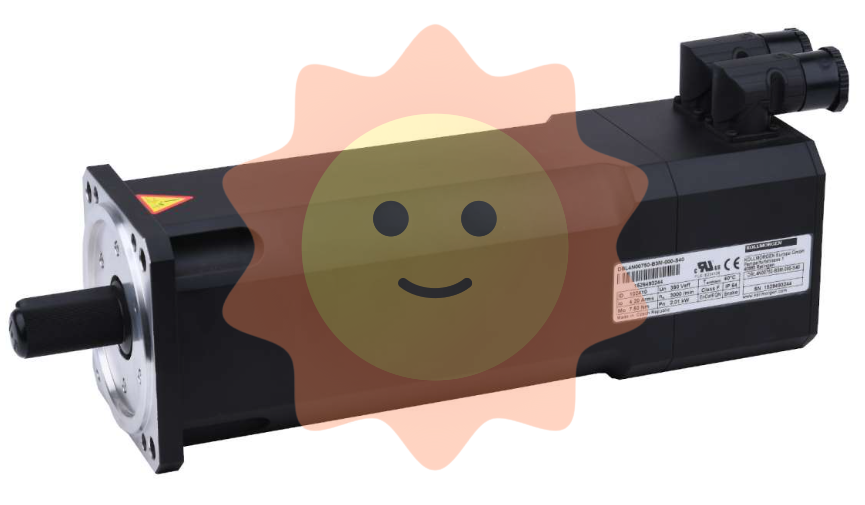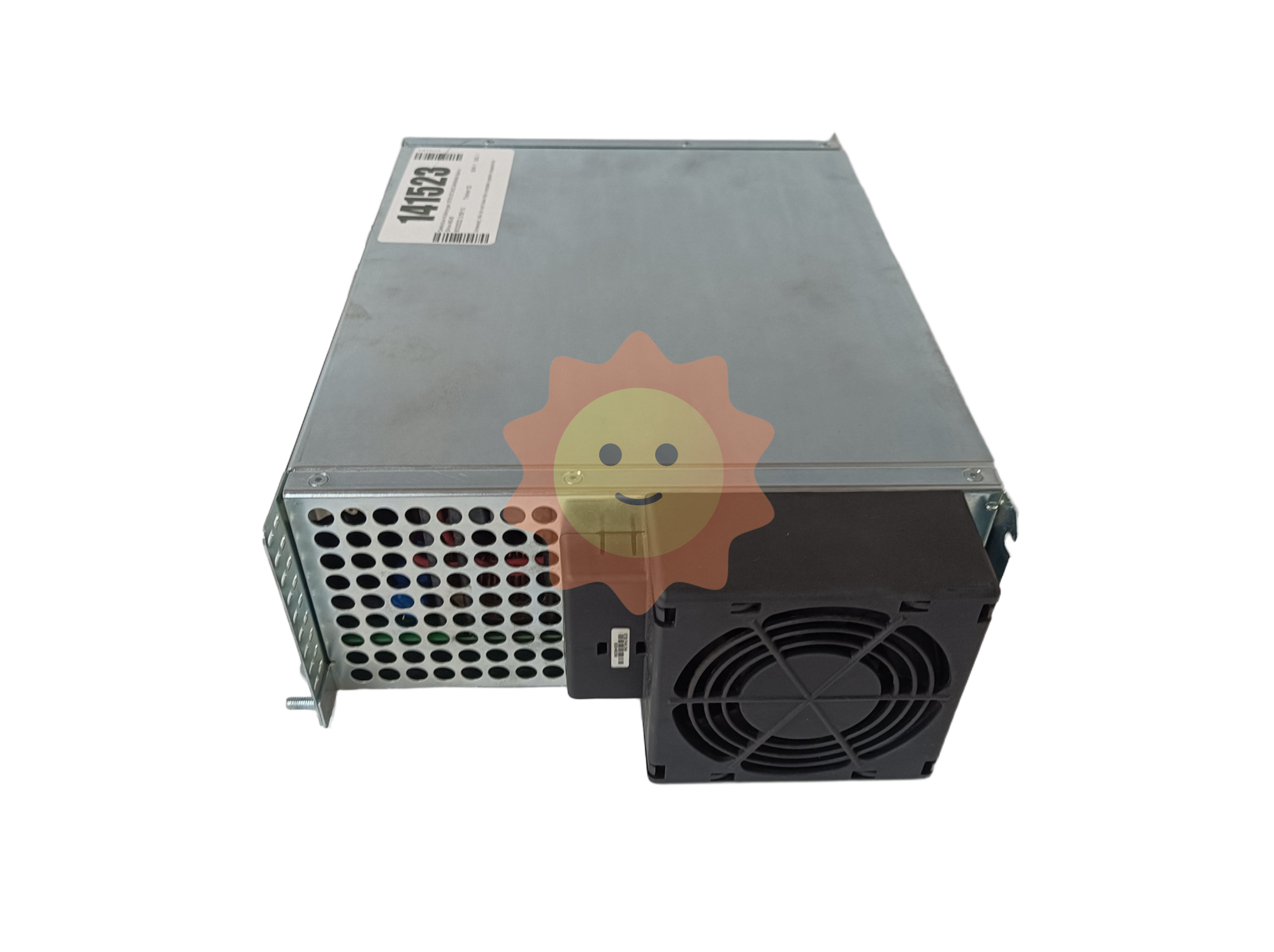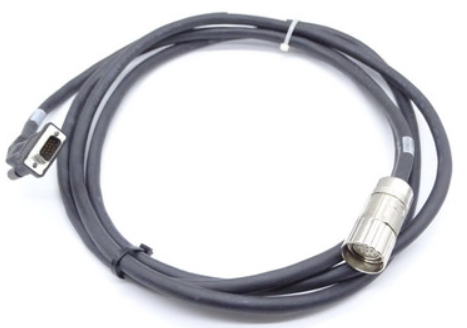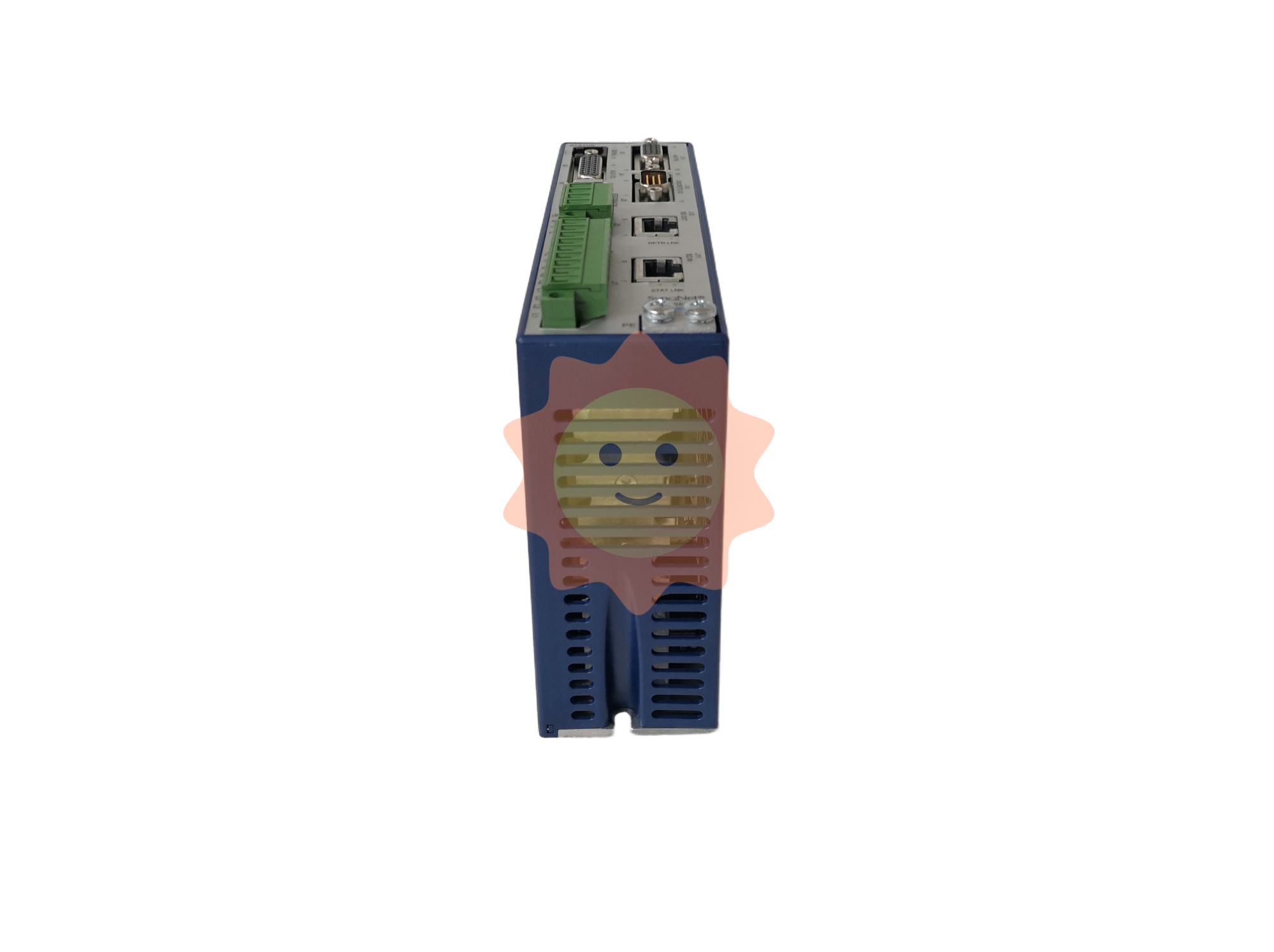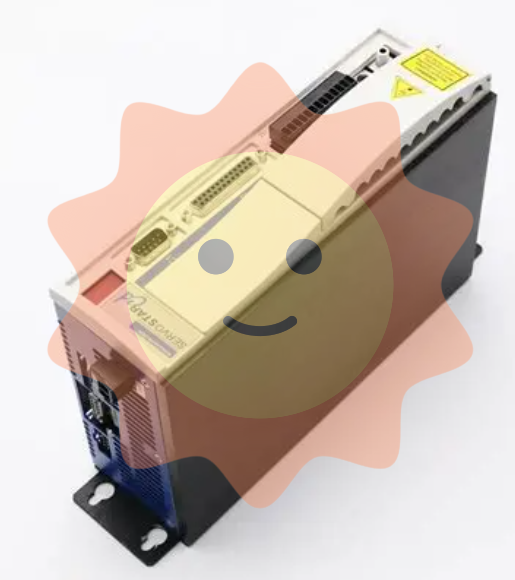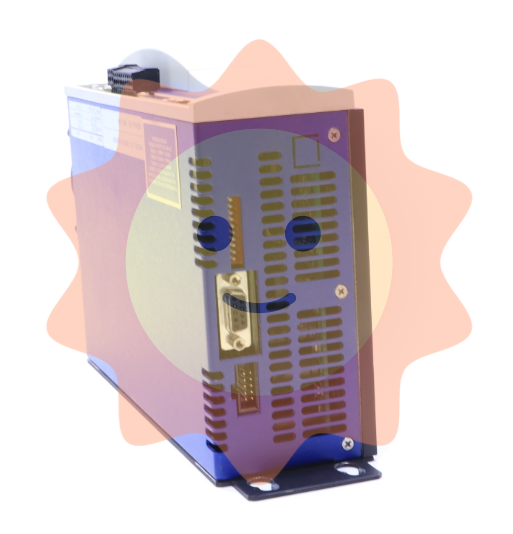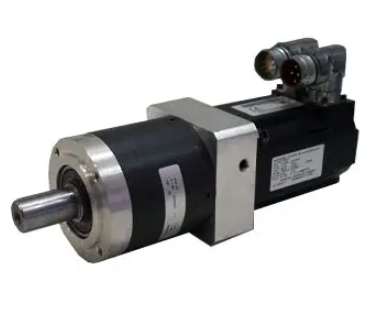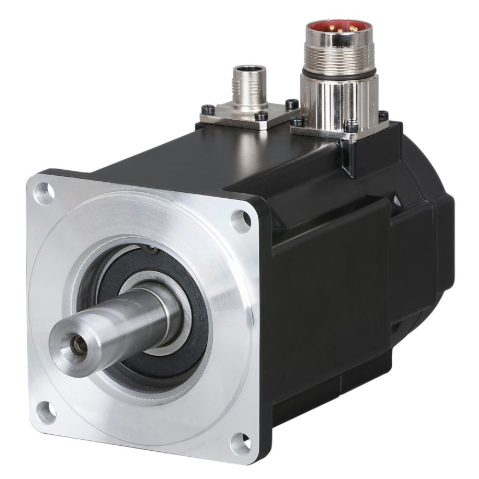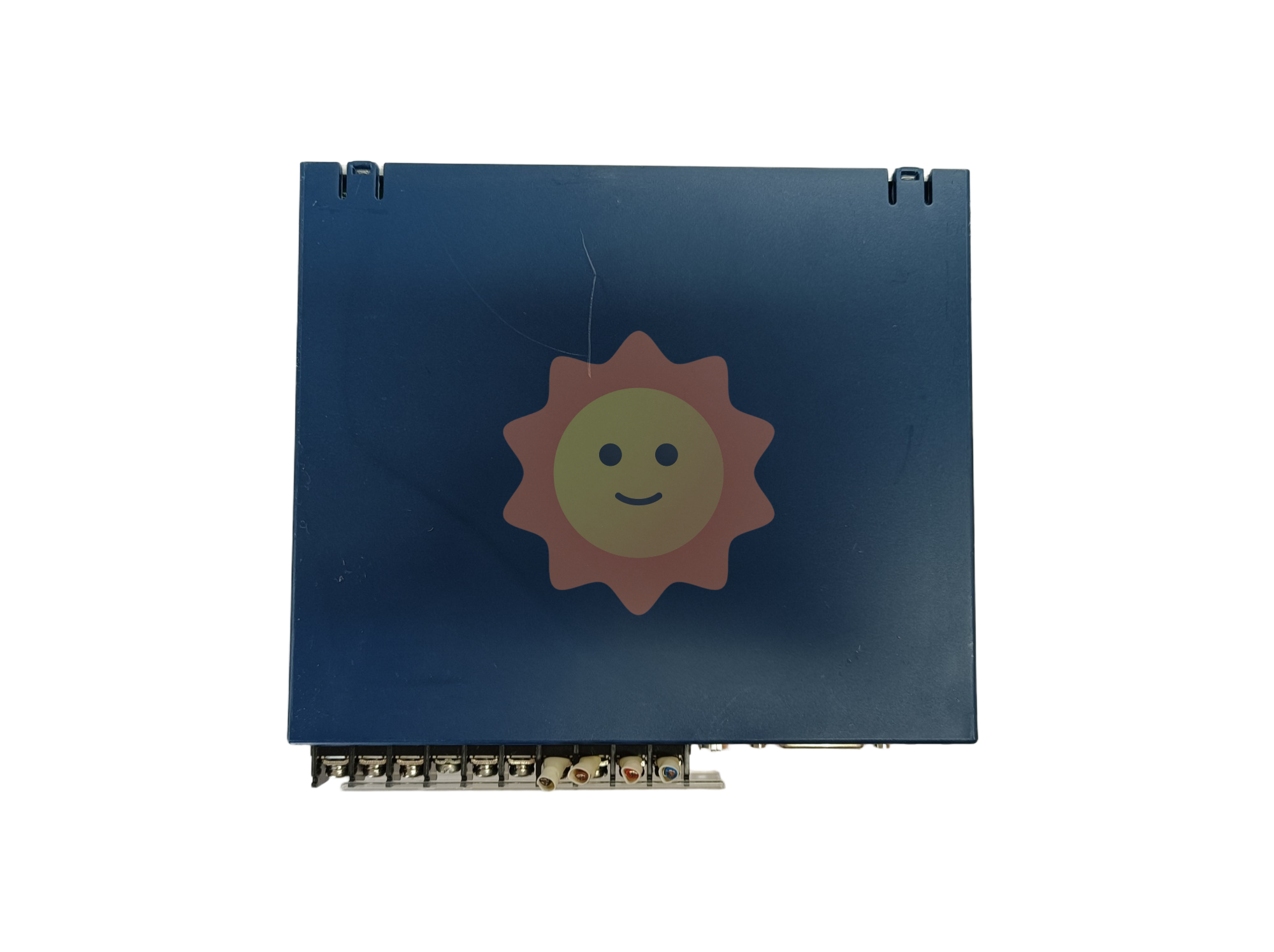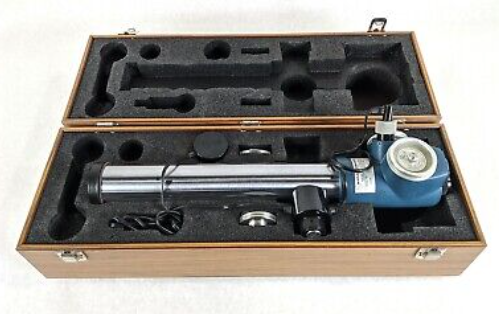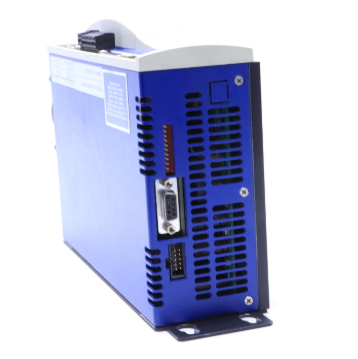Who is leading the way?
From the perspective of the most core battery technology development route of photovoltaic, the continuous pursuit of photoelectric conversion efficiency improvement is the most prominent trend. There are two major technical directions of P-type battery and N-type battery in crystalline silicon cells, among which P-type battery technology includes aluminum back-field battery architecture (Al-BSF), emitter passivation and back-contact architecture (PERC). The N-type battery mainly includes the technical direction including tunneling oxide passivation contact (TOPCon), heterojunction with intrinsic amorphous layer (HJT), interfinger back contact (IBC) and other architectures.
Looking back at the technological evolution of crystalline silicon cells, on the one hand, P-type battery technology has been the mainstream direction for a long time, and Al-BSF architecture dominated the global solar cell market from 2010 to 2019, but later, due to the significant improvement of the production process of PERC architecture and greatly improved the photoelectric conversion efficiency of 1%-1.5%. The Al-BSF architecture has established a huge conversion efficiency advantage over the Al-BSF architecture, which has replaced the Al-BSF architecture to become the new mainstream of the global market from 2020. On the other hand, N-type battery technology currently has the disadvantage of high production cost, which leads to large-scale production, but compared with P-type battery technology, it has the advantages of high conversion efficiency, high double-sided rate, low temperature coefficient, no light decay, low light effect, etc., and the upper limit of technical development is higher (the upper limit of photoelectric conversion efficiency of P-type battery technology is 24%). N-type battery technology has a conversion efficiency ceiling of 28%) and is expected to become the next generation of solar cell technology in the future.

▶ Green hydrogen energy technology: PEM technology is gradually replacing ALK technology to become the mainstream, SOEC technology is expected to subvert the existing technology landscape in the future
Hydrogen energy technology involves three aspects: hydrogen preparation, storage and transportation, of which hydrogen preparation has always been the core concern of global hydrogen energy technology. According to the order of carbon emissions generated in the process of hydrogen preparation, industrial hydrogen can be divided into gray hydrogen, blue hydrogen, green hydrogen three categories, in the context of the global zero carbon goal, to promote the innovation of renewable energy electrolytic water hydrogen production technology has become an important strategic initiative for countries around the world to seize the high point of energy technology.
The importance of the research and development of renewable energy electrolytic water hydrogen production technology has also driven the continuous update and iteration of related technologies. At present, there are four mainstream technology routes for hydrogen production from renewable energy electrolytic water: alkaline water electrolysis cell (ALK), proton exchange membrane water electrolysis cell (PEM), anion exchange membrane electrolysis cell (AEM), and solid oxide water electrolysis cell (SOEC), among which ALK and PEM technologies are relatively mature and have begun commercial application. SOEC technology is currently in the demonstration stage, while AEM technology is still in the small prototype test stage. Judging from the production situation of the world's major renewable energy electrolytic water hydrogen production equipment suppliers, technological innovation shows three major trends:
First, ALK technology is still dominant. ALK technology has a significant equipment cost advantage compared to other hydrogen production technologies, and in 2020, this indicator is only half of PEM technology, so it is now widely used, and the proportion of ALK technology in 30 leading enterprises in the world is as high as 53%.
Second, PEM technology is gradually becoming the mainstream direction. The application of PEM technology in the world's leading enterprises has increased to 47%, which can be mainly attributed to the flexibility and responsiveness of PEM technology in operation compared with ALK technology, which is very suitable for use in large cities and industrial parks with limited land, and can bring higher overall economic benefits.
Third, the rapid development of disruptive technologies such as SOEC. Although SOEC technology is still in the demonstration stage, because the technology has the advantages of high energy conversion efficiency and does not require the use of precious metal catalysts, it can significantly improve production efficiency while significantly reducing production costs. At present, four of the world's leading enterprises have begun to apply this technology, and with the continuous increase in research and development investment in hydrogen technology, This technology is expected to solve the problem of significantly reduced material life under high temperature and high humidity conditions, and become the next generation of mainstream green hydrogen technology.
- EMERSON
- Honeywell
- CTI
- Rolls-Royce
- General Electric
- Woodward
- Yaskawa
- xYCOM
- Motorola
- Siemens
- Rockwell
- ABB
- B&R
- HIMA
- Construction site
- electricity
- Automobile market
- PLC
- DCS
- Motor drivers
- VSD
- Implications
- cement
- CO2
- CEM
- methane
- Artificial intelligence
- Titanic
- Solar energy
- Hydrogen fuel cell
- Hydrogen and fuel cells
- Hydrogen and oxygen fuel cells
- tyre
- Chemical fiber
- dynamo
- corpuscle
- Pulp and paper
- printing
- fossil
- FANUC
- Food and beverage
- Life science
- Sewage treatment
- Personal care
- electricity
- boats
- infrastructure
- Automobile industry
- metallurgy
- Nuclear power generation
- Geothermal power generation
- Water and wastewater
- Infrastructure construction
- Mine hazard
- steel
- papermaking
- Natural gas industry
- Infrastructure construction
- Power and energy
- Rubber and plastic
- Renewable energy
- pharmacy
- mining
- Plastic industry
- Schneider
- Kongsberg
- NI
- Wind energy
- International petroleum
- International new energy network
- gas
- WATLOW
- ProSoft
- SEW
- wind
- ADVANCED
- Reliance
- YOKOGAWA
- TRICONEX
- FOXBORO
- METSO
- MAN
- Advantest
- ADVANCED
- ALSTOM
- Control Wave
- AB
- AMAT
- STUDER
- KONGSBERG
- MOTOROLA
- DANAHER MOTION
- Bently
- Galil
- EATON
- MOLEX
- Triconex
- DEIF
- B&W
- ZYGO
- Aerotech
- DANFOSS
- KOLLMORGEN
- Beijer
- Endress+Hauser
- MOOG
- KB
- Moxa
- Rexroth


Email:wang@kongjiangauto.com

